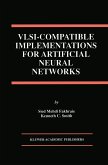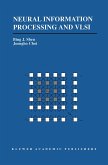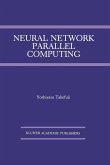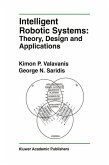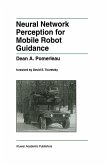In recent years there has been tremendous activity in computational neuroscience resulting from two parallel developments. On the one hand, our knowledge of real nervous systems has increased dramatically over the years; on the other, there is now enough computing power available to perform realistic simulations of actual neural circuits. This is leading to a revolution in quantitative neuroscience, which is attracting a growing number of scientists from non-biological disciplines. These scientists bring with them expertise in signal processing, information theory, and dynamical systems theory that has helped transform our ways of approaching neural systems. New developments in experimental techniques have enabled biologists to gather the data necessary to test these new theories. While we do not yet understand how the brain sees, hears or smells, we do have testable models of specific components of visual, auditory, and olfactory processing. Some of these models have been applied to help construct artificial vision and hearing systems. Similarly, our understanding of motor control has grown to the point where it has become a useful guide in the development of artificial robots. Many neuroscientists believe that we have only scratched the surface, and that a more complete understanding of biological information processing is likely to lead to technologies whose impact will propel another industrial revolution.
Neural Systems: Analysis and Modeling contains the collected papers of the 1991 Conference on Analysis and Modeling of Neural Systems (AMNS), and the papers presented at the satellite symposium on compartmental modeling, held July 23-26, 1992, in San Francisco, California. The papers included, present an update of the most recent developments in quantitative analysis and modeling techniques for the study of neural systems.
Neural Systems: Analysis and Modeling contains the collected papers of the 1991 Conference on Analysis and Modeling of Neural Systems (AMNS), and the papers presented at the satellite symposium on compartmental modeling, held July 23-26, 1992, in San Francisco, California. The papers included, present an update of the most recent developments in quantitative analysis and modeling techniques for the study of neural systems.



